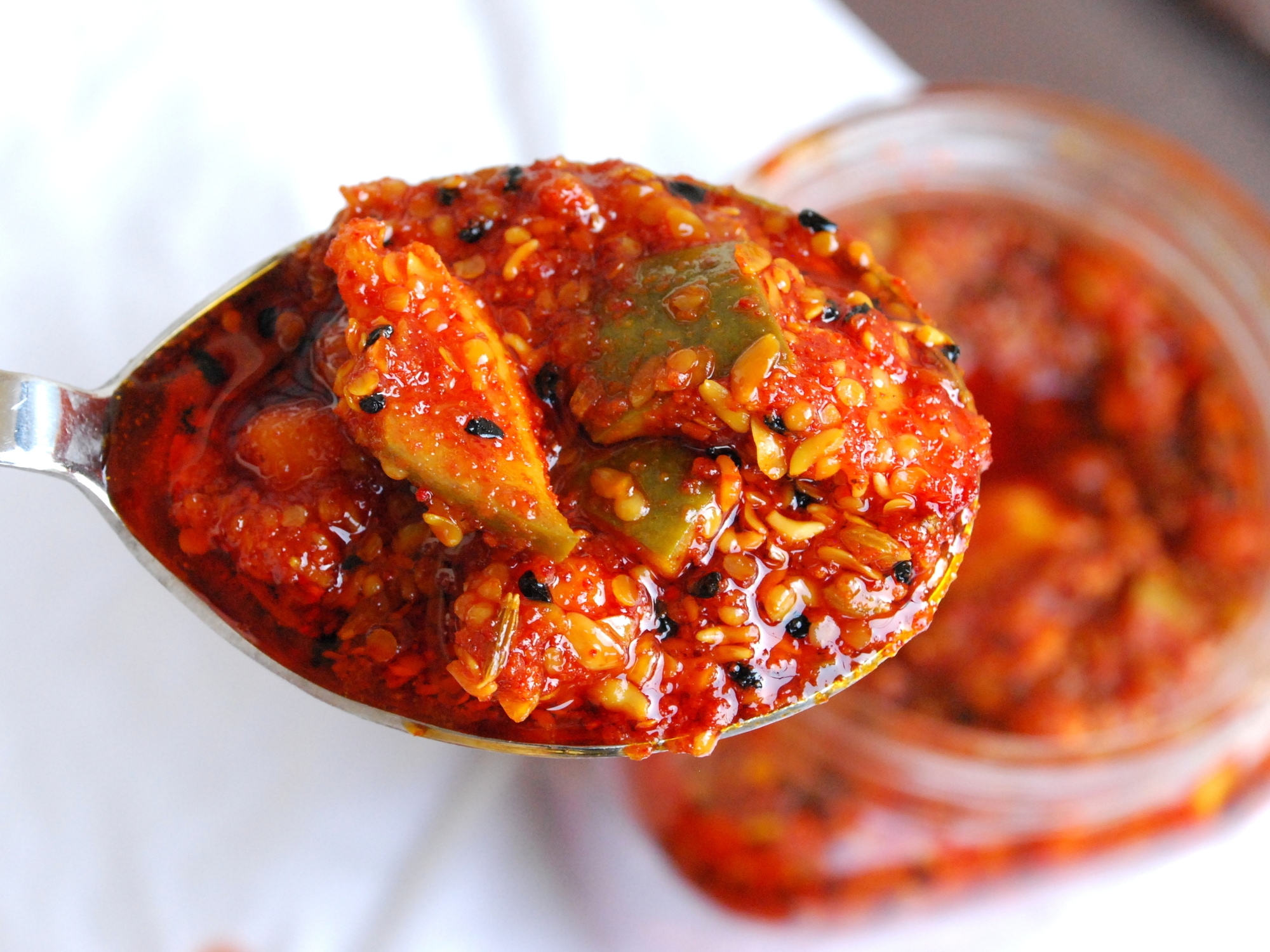Pickles, those tangy, crunchy, and often briny delights, have been a beloved food staple across cultures and centuries. Whether enjoyed as a side dish, a snack, or an ingredient to add a burst of flavor to various dishes, pickles hold a special place in the culinary world. Let’s dive into the fascinating world of pickles and discover what makes them so irresistible.
A Brief History of Pickles
The art of pickling dates back thousands of years. Originating in the ancient Mesopotamian civilization, the process of preserving food in brine or vinegar allowed people to extend the shelf life of perishable items. This was particularly valuable for sailors and travelers who needed sustenance on long journeys. Over time, pickling spread across the globe, with each culture developing its unique recipes and techniques.
Varieties of Pickles
Pickles come in many forms, catering to diverse tastes and preferences:
- Cucumber Pickles: The most common type, cucumber pickles, can be found in a range of flavors, from dill to sweet to spicy.
- Kimchi: A staple in Korean cuisine, kimchi is a spicy, fermented cabbage pickle that packs a punch of flavor.
- Sauerkraut: This German favorite is made from fermented cabbage and is known for its tangy taste and probiotic benefits.
- Achar: Popular in Indian cuisine, achar can be made from various fruits and vegetables, spiced with a blend of traditional Indian spices.
- Giardiniera: An Italian mix of pickled vegetables, often including cauliflower, carrots, and peppers, marinated in vinegar and olive oil.
The Pickling Process
The process of making pickles can be broadly categorized into two methods: fermentation and vinegar pickling.
- Fermentation: In this method, natural bacteria feed on the sugars in the vegetables, producing lactic acid. This not only preserves the vegetables but also gives them their distinct tangy flavor. Fermented pickles are rich in probiotics, which are beneficial for gut health.
- Vinegar Pickling: This quicker method involves immersing vegetables in a vinegar solution. The acidity of the vinegar prevents the growth of harmful bacteria, ensuring the pickles are safe to eat. Vinegar pickles can be flavored with various herbs and spices to create a wide range of tastes.
Health Benefits of Pickles
Beyond their delightful taste, pickles offer several health benefits:
- Probiotics: Fermented pickles are a great source of probiotics, which support a healthy digestive system and boost the immune system.
- Antioxidants: The vegetables used in pickling retain their antioxidants, which help combat free radicals in the body.
- Hydration: The high water content in pickles can aid in keeping you hydrated.
- Low Calorie: Pickles are generally low in calories, making them a guilt-free snack option.
Culinary Uses of Pickles
Pickles are incredibly versatile and can enhance a variety of dishes:
- Sandwiches and Burgers: A few pickle slices can add a zesty crunch to sandwiches and burgers.
- Salads: Chopped pickles can bring a refreshing tang to salads.
- Condiments: Pickle relish is a popular condiment for hot dogs and sausages.
- Cooking: Pickles can be used in cooking to add depth of flavor to stews, soups, and casseroles.
Conclusion
Pickles are more than just a side dish; they are a culinary tradition that transcends borders and generations. Their tangy taste, health benefits, and versatility make them a cherished addition to any meal. Whether you prefer the classic cucumber pickle, the spicy kick of kimchi, or the robust flavors of Indian achar, there’s a pickle out there to tantalize your taste buds. So, next time you reach for a snack or look to add a burst of flavor to your meal, consider the humble pickle – a timeless delight with endless possibilities.
